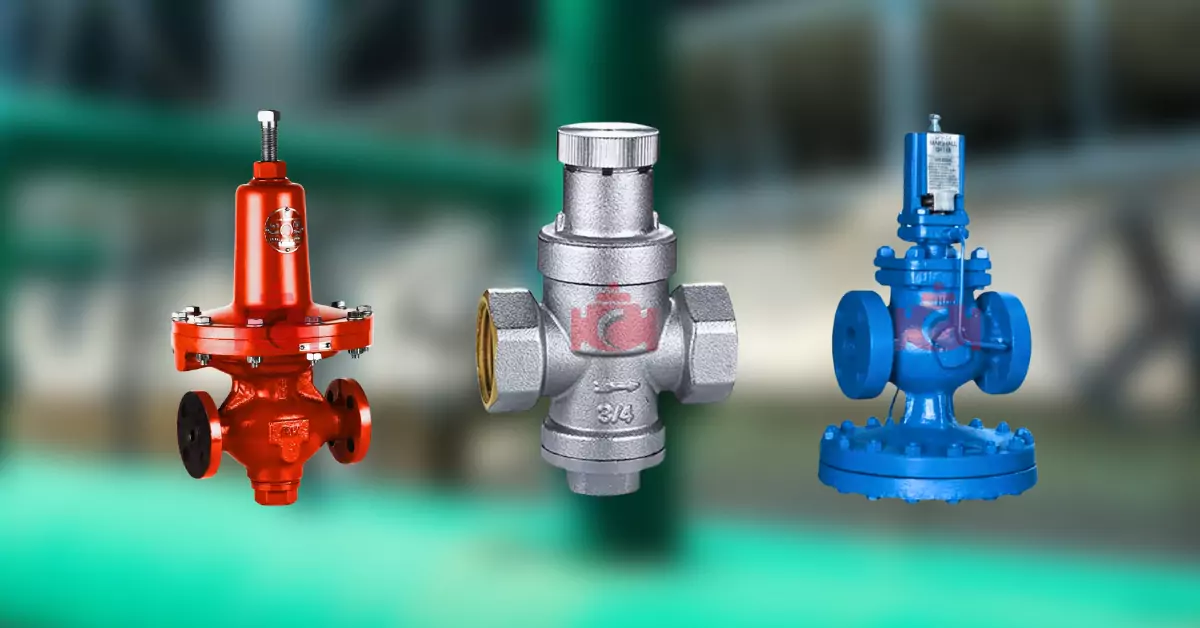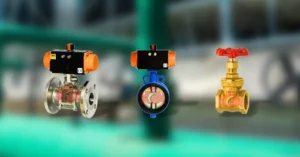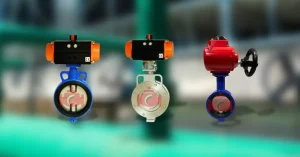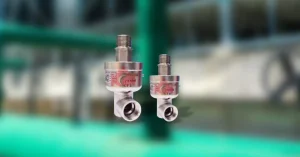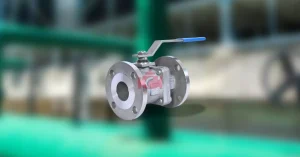What is a PRV Valve Used For? Ultimate Guide to PRV Valves
When it comes to protecting your home’s plumbing system, one unsung hero plays a critical role in ensuring water flows smoothly and safely: the PRV valve. Whether you’re a homeowner, a professional plumber, or a DIY enthusiast, understanding how a PRV valve works can help prevent leaks, lower utility costs, and increase the lifespan of your plumbing.
We will guide you through everything you need to know about PRV valves, from their purpose and function to common issues, troubleshooting tips, and how to choose the right one for your system. Let’s explore why this essential device should be a standard in your plumbing setup.
What is a PRV Valve?
PRV stands for Pressure Reducing Valve, a device designed to regulate the pressure of water in a plumbing system. Its primary function is to reduce the excessive pressure from a municipal water supply or a private source, ensuring that it meets safe levels for household use.
PRV Valve Working Principle
The PRV valve works by balancing the incoming high pressure with a controlled outlet pressure. This is achieved through an internal diaphragm and spring mechanism, which automatically adjust to control the flow of water.
If you’re interested in technical details, check out a comprehensive PRV valve diagram or download a PRV valve PDF from trusted sources like Concorde Valves And Automations for further learning.
Types of PRV Valves
There are several types of PRV valves, each catering to specific needs:
- Pilot Operated Pressure Reducing Valves: Ideal for industrial or high-capacity applications.
- Direct Acting PRV Valves: Perfect for residential use due to their compact design.
- PRV Valve 1 Inch or Smaller: Tailored for small-scale setups in homes or offices.
- Automatic Pressure Reducing Valves: Best for water systems requiring minimal manual intervention.
You can explore different PRV brands and their specifications to find the right one for your unique setup.
Why are PRV Valves Important?
- Preventing Plumbing Damage: High water pressure in your plumbing system is not only wasteful but can also cause severe damage, including burst pipes and leaking faucets. A PRV valve, or a water pressure regulator valve, ensures that water pressure stays within safe levels, protecting your entire plumbing system.
- Lowering Utility Costs: Excessive water pressure directly translates to higher water consumption. By using a water pressure reducing valve, you can lower water flow that meets your needs, effectively reducing your monthly utility bills.
- Enhancing Appliance Lifespan: Household appliances like washing machines, dishwashers, and water heaters are sensitive to water pressure. Installing a pressure-reducing valve for water extends the lifespan of these appliances by providing steady pressures, avoiding wear and tear due to overpressure.
- Ensuring Safety in HVAC and RO Systems: For advanced setups like air pressure regulating valves, pneumatic systems, or reverse osmosis (PRV valve RO), PRV valves are vital for consistent flow and maintaining operational safety.
For businesses or homeowners navigating industrial or large-scale systems, don’t hesitate to reach out to Concorde Valves And Automations for expert recommendations on PRV valves.
Common Issues With PRV Valves and Troubleshooting
Although PRV valves are robust, they’re not immune to wear and tear. Here are some common problems and tips to handle them effectively:
1. Water Pressure Too Low
Possible Cause: Diaphragm damage or clogging caused by sediment.
Solution: Check the valve for blockages; routine cleaning or filter replacements may resolve this issue.
2. No Pressure Reduction
Possible Cause: Faulty spring mechanism or valve seal.
Solution: Replace the internal components or consult a professional plumber.
3. Noise After Installation
Possible Cause: Air trapped or high flow velocity.
Solution: Ensure that the PRV valve is correctly calibrated and air is released during the setup process.
For specific troubleshooting methods, consult PRV valve pdf guides or seek assistance from pressure-reducing valve manufacturers.
How to Choose the Right PRV Valve for Your Home
Selecting the correct pressure-reducing valve for your system can feel overwhelming. Here’s a quick guide:
1. Assess Your Water Pressure
Measure the incoming water pressure. Household systems typically require a valve that can handle pressures in the range of 40 to 80 psi.
2. Pick the Correct Size
For residential setups, a PRV valve 1 inch or smaller suffices. Larger homes or industrial sites may need valves with greater capacity.
3. Choose the Right Material
Ensure the valve is made with durable and corrosion-resistant materials like brass or stainless steel for longevity.
4. Budget Consideration
Research pressure valve price or PRV valve price for models that fit your budget while meeting quality standards. For an idea of pricing, consult catalogs or inquire directly with suppliers like Concorde Valves And Automations.
5. Look for Additional Features
Features like automatic controls, anti-corrosion coatings, and pressure monitoring gauges can add value to your purchase.
If you need tailored advice, connect with a PRV expert through Concorde Valves And Automations.
Professional Installation vs. DIY: What’s Best for You?
While some homeowners prefer a DIY approach, installing a PRV valve might require a level of plumbing expertise that should not be underestimated.
DIY Installation:
Experienced do-it-yourselfers may find standard models relatively easy to install with the help of a PRV valve diagram and proper tools.
Professional Installation:
Hiring a professional ensures the valve is correctly installed and calibrated for optimal function. Additionally, experts are adept at complex setups like pneumatic pressure-reducing valves or hydraulic pressure regulators.
Our recommendation? While minor replacements can be DIY, always opt for professional installation for best results, particularly for complex systems.
Protect Your Plumbing System with PRV Valves
Your home’s plumbing health begins with maintaining balanced water pressure. A pressure-reducing valve isn’t just a convenience; it’s an essential safeguard for your system. By minimizing water pressure, you protect pipes, lower utility costs, and extend the lifespan of appliances.
Looking for top-quality PRV valves or expert advice tailored to your needs?
Concorde Valves And Automations offers a wide range of PRV valves and professional guidance. Contact us today and take the first step in protecting your home’s plumbing system.
Contact Us for Expert Assistance
PRV Valves
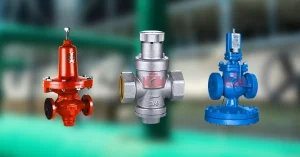
A Pressure Reducing Valve (PRV) is a critical component in fluid and gas systems, designed to regulate and maintain consistent downstream pressure, ensuring operational safety and efficiency. PRVs automatically adjust to fluctuations in inlet pressure, protecting equipment and pipelines from damage due to excessive pressure.
Product Brand: Concorde Valves And Automations
Product Currency: INR
Product In-Stock: InStock
5

